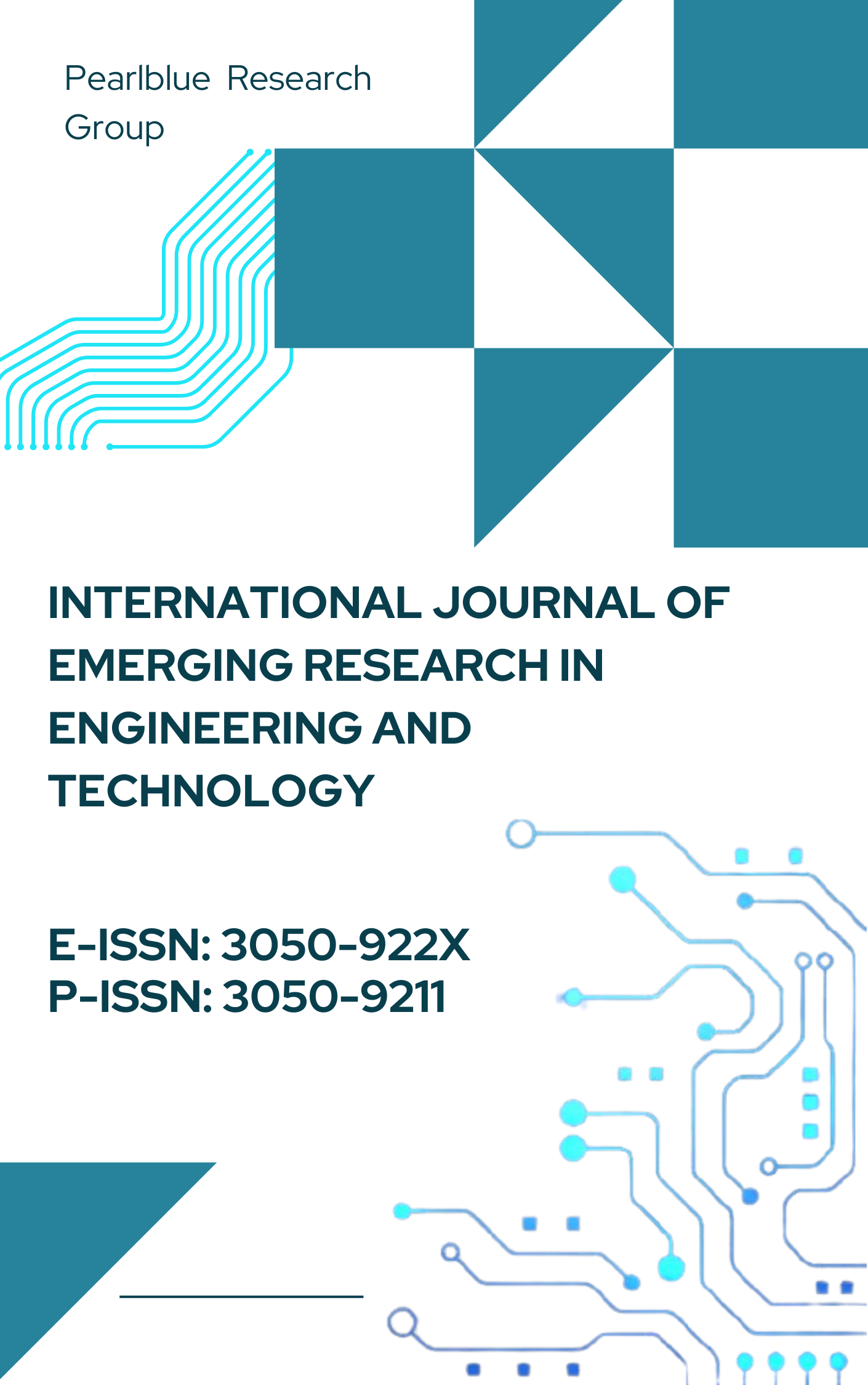The Importance of Testing and Validation in Legacy Application Upgrades
DOI:
https://doi.org/10.63282/3050-922X.IJERET-V5I1P111Keywords:
Legacy Systems, Software Modernization, Software Testing, Validation, Regression Testing, Integration Testing, Data Migration, Risk Management, User Acceptance Testing (UAT)Abstract
Organizations face growing difficulties with their legacy systems because these systems have become outdated and require more money to maintain while exposing security risks. The process of modernizing these systems requires essential changes but creates substantial risks that affect operational stability and data protection and introduce security weaknesses. A multi-layered testing and validation framework serves as the main risk reduction method for protecting legacy system upgrades according to this research. The proposed method implements testing as an ongoing process which runs across the entire modernization lifecycle instead of using it as a traditional quality assurance check at the end. The framework includes three testing categories which consist of functional validation for data integrity and regression and integration testing and non-functional validation for performance and security testing and user acceptance testing for user-centric validation. The combination of continuous thorough testing according to technical studies and business examples helps organizations handle complex situations while minimizing risks to achieve successful system transitions. The research demonstrates that organizations need to implement proactive validation methods to convert dangerous modernization projects into controlled initiatives that deliver value
References
[1] H. A. Bakar, R. Razali, and D. I. Jambari, “A Qualitative study of legacy Systems Modernisation for Citizen-Centric Digital Government,” Sustainability, vol. 14, no. 17, p. 10951, Sep. 2022, doi: 10.3390/su141710951.
[2] Talend, “What is a Legacy System?,” Talend - a Leader in Data Integration & Data Integrity. https://www.talend.com/resources/what-is-legacy-system/
[3] N. Kulkarni, “LEGACY SYSTEMS AND THEIR USE IN STRATEGIC PLANNING,” [Online]. Available: https://www.researchgate.net/publication/354683403_LEGACY_SYSTEMS_AND_THEIR_USE_IN_STRATEGIC_PLANNING
[4] IR Team, “What are Legacy Systems and Why Do Companies Still Use Them? | IR.” https://www.ir.com/guides/what-are-legacy-systems-and-why-do-companies-still-use-them
[5] Mudunuri L.N.R.; (December, 2023); “AI-Driven Inventory Management: Never Run Out, Never Overstock”; International Journal of Advances in Engineering Research; Vol 26, Issue 6; 24-36
[6] T. Tervoort, M. T. De Oliveira, W. Pieters, P. Van Gelder, S. D. Olabarriaga, and H. Marquering, “Solutions for mitigating cybersecurity risks caused by legacy software in medical Devices: A scoping review,” IEEE Access, vol. 8, pp. 84352–84361, Jan. 2020, doi: 10.1109/access.2020.2984376.
[7] P. K. Maroju, "Empowering Data-Driven Decision Making: The Role of Self-Service Analytics and Data Analysts in Modern Organization Strategies," International Journal of Innovations in Applied Science and Engineering (IJIASE), vol. 7, Aug. 2021.
[8] M. Srinivas, G. Ramakrishna, K. R. Rao, and E. S. Babu, “Analysis of Legacy System in Software Application Development: A Comparative survey,” International Journal of Electrical and Computer Engineering (IJECE), vol. 6, no. 1, p. 292, Feb. 2016, doi: 10.11591/ijece.v6i1.8367.
[9] R. Khabouze, “Modernization of legacy information technology systems,” 2022. [Online]. Available: https://scholarworks.waldenu.edu/dissertations
[10] V. Duvvur, “Ensuring security compliance in legacy System Modernization: a balancing act for enhanced protection,” Journal of Mathematical & Computer Applications, pp. 1–4, Jan. 2023, doi: 10.47363/jmca/2023(2)154.
[11] U. Fox, “Migrating Legacy Records – A case Study – ARMA Magazine,” Mar. 12, 2019. https://magazine.arma.org/2019/03/migrating-legacy-records-a-case-study/
[12] S. Pargaonkar, “A comprehensive review of performance testing methodologies and best practices: Software Quality Engineering,” International Journal of Science and Research (IJSR), vol. 12, no. 8, pp. 2008–2014, Aug. 2023, doi: 10.21275/sr23822111402.
[13] “Legacy System Modernization: Strategies for a Digital Future,” rinf.tech. https://www.rinf.tech/legacy-system-modernization-strategies-for-a-digital-future/
[14] P. Zheldak, “How to integrate legacy systems and modern software,” Acropolium, Dec. 01, 2023. https://acropolium.com/blog/legacy-systems-integration/
[15] H. E. Hayretci and F. B. Aydemir, “A multi case study on legacy system migration in the banking industry,” in Lecture notes in computer science, 2021, pp. 536–550. doi: 10.1007/978-3-030-79382-1_32.
[16] S. McDowell, “Overcoming the risks & complexities of legacy data migration,” 2021. [Online]. Available: https://www.purestorage.com/content/dam/pdf/en/white-papers/wp-moor-overcoming-risks-complexities-legacy-data-migration.pdf
[17] “5x Lessons Learned from Migrating a Large Legacy to .NET 5/6 - NDepend Blog,” NDepend Blog, Oct. 26, 2021. https://blog.ndepend.com/5x-lessons-learned-from-migrating-a-large-legacy-to-net-5-6/



